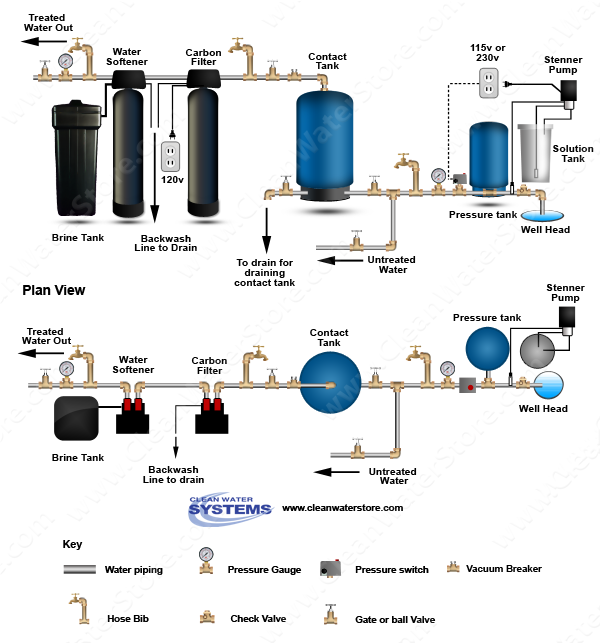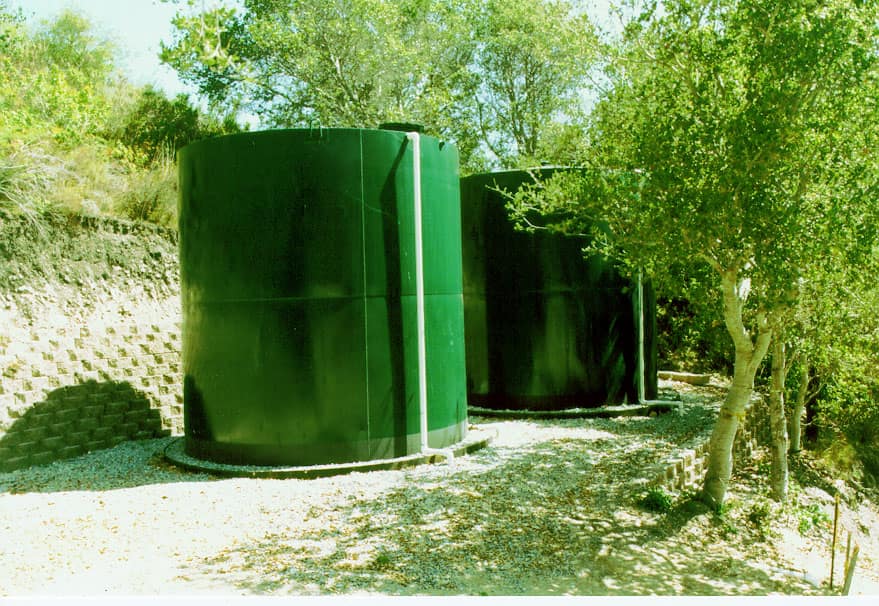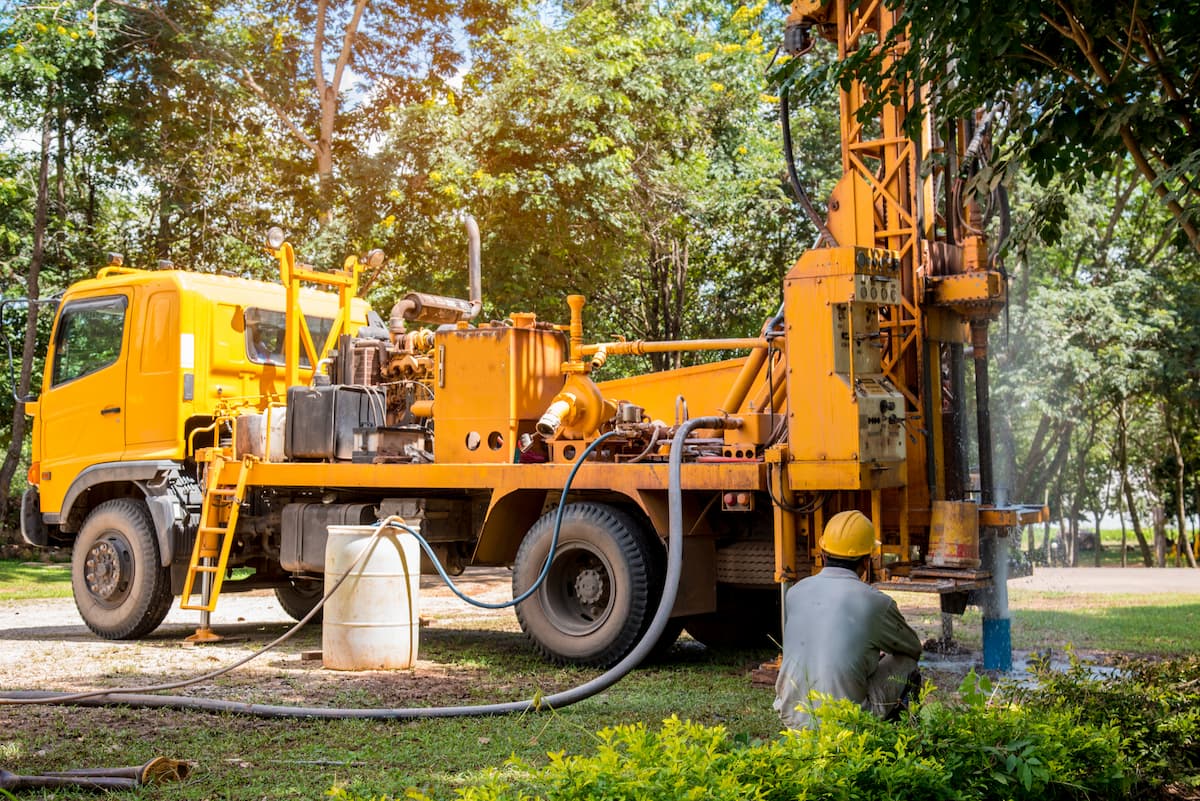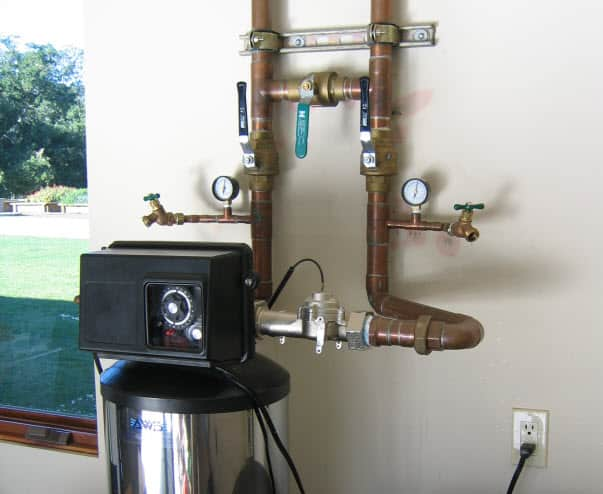Removing Hydrogen Sulfide with a Chlorination System
One reader recently wrote to us wondering why the foul sulfur odor in his water seemed to disappear after shock chlorination, only to reappear about a week later.
This a common question with a rather simple answer: Foul odors in water tend to be caused by iron and sulfur bacteria, which expel foul-smelling hydrogen sulfide and methane gas as they live, grow, and die in your plumbing.
Chlorinating water without allowing enough contact time will remove some odors, but may not kill the bacteria that yielded them.
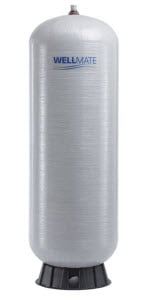
Not to worry, as achieving sufficient contact time is easy to do by installing a contact tank after your chlorinator. Consult our chlorination guide to determine the optimum contact tank size, contact time, and solution strength for your application.
By using a contact tank, you'll also be reducing the amount of chlorine needed for disinfection. However, it is still a good idea to consider installing a carbon backwash filter after your chlorinator, to filter out oxidized particulate and residual chlorine tastes and odors.
Here's a diagram of how a standard installation of these systems might look:
As always, feel free to e-mail us at [email protected] for further questions or comments, or contact us via Facebook . We love to hear from you!

